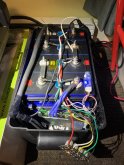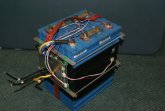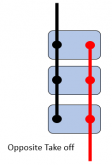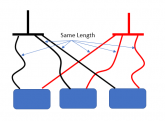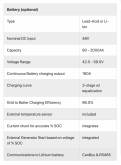Hey, new question... where is the best place to position the temp sensor? I am building a 4S battery using CALM 130 Ah cells. I could tape the sensor to the side like Will did. OR I could feed the sensor down between the two center cells. My thought was that I'd get a better idea of the temp of the mass of the cells vs. the temp of the skin.
But, not sure if that is really a good idea or not. If the skin is close to freezing temp, then THAT is the time to shut off charging, rather than waiting for the center of the battery to get that cold.
Gee... maybe I answered my own question. Thoughts?
But, not sure if that is really a good idea or not. If the skin is close to freezing temp, then THAT is the time to shut off charging, rather than waiting for the center of the battery to get that cold.
Gee... maybe I answered my own question. Thoughts?



